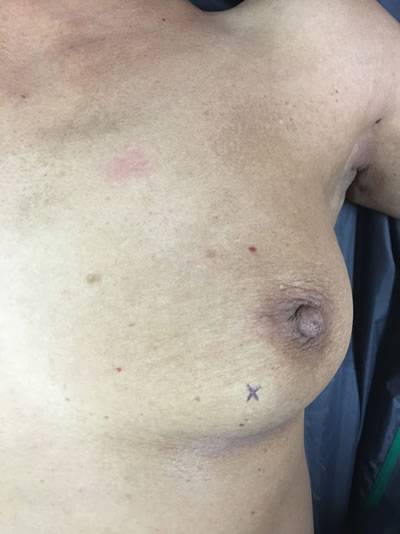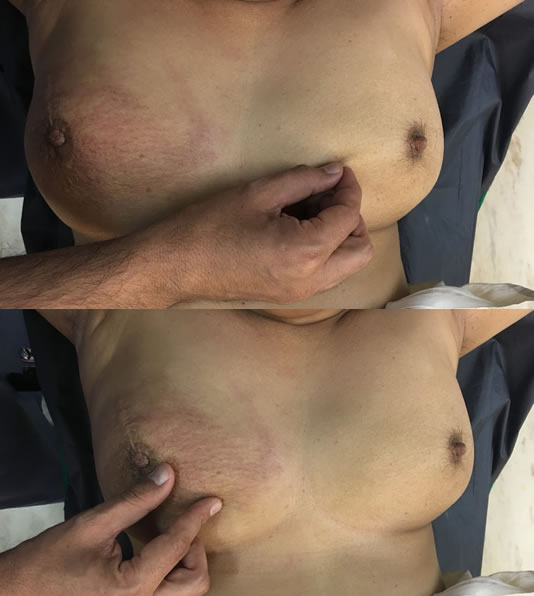Which will come first?
Surgery or Chemotherapy?
In very broad terms, we can divide the types of breast cancer treatment into three - Surgery, Chemotherapy and Radiation Therapy. The term 'Chemotherapy' includes the standard chemotherapy, Targeted Therapy (Trastuzumab and others) and Hormonal Therapy. And each treatment has its own specialized doctor - Surgery is performed by a Surgical Oncologist, Chemotherapy is administered by a Medical Oncologist and Radiation is given by a Radiation Oncologist.
It is very crucial that all the three - Surgical, Medical and the Radiation Oncologists are involved in the decision making for the patient. And it is also crucial that they have a good co ordination amongst them for the treatment. This is termed as a 'Multi Disciplinary Team'
Does the choice and sequence of treatment affect outcome?
Let us consider the three broad treatments - surgery, chemo and radiation. Some patients may need only one of them, while others may need two of them, most will need all three. Usually, patients are known to get operated first, then take chemo and finally radiation. But do all patient have to undergo the treatment in same sequence? No!
The sequence is decided by the tumour burden. The main principle of a cancer surgery is, we should be able to remove all visible cancer, with a good margin of normal tissue. For smaller tumours with a few nodes, surgery is possible and removing tumour and nodes is not a problem. But as the tumour increases in stage, the area it involves widens, sometimes the skin over breast becomes very thick and nodes can be large and stuck to blood vessels. In such situation, surgery is not feasible. Here, we try to give chemotherapy first (it is called Neo Adjuvant Chemotherapy ) to reduce the cancer burden and then operate. And in cases, where cancer has already spread to some other organ, there is no role of surgery.
So, in short, to make it simple for you to understand, we have divided the staging of breast cancer into three broad categories (Local Cancer, Locally Advanced Cancer and Metastatic Cancer) and standard sequences in those categories. And the category is decided by the following three points:
1. Tumour in Breast - Judged during Breast Examination
2. Nodes in arm pit - Judged during Breast Examination
3. Spread to organs - Judged from Staging Tests

